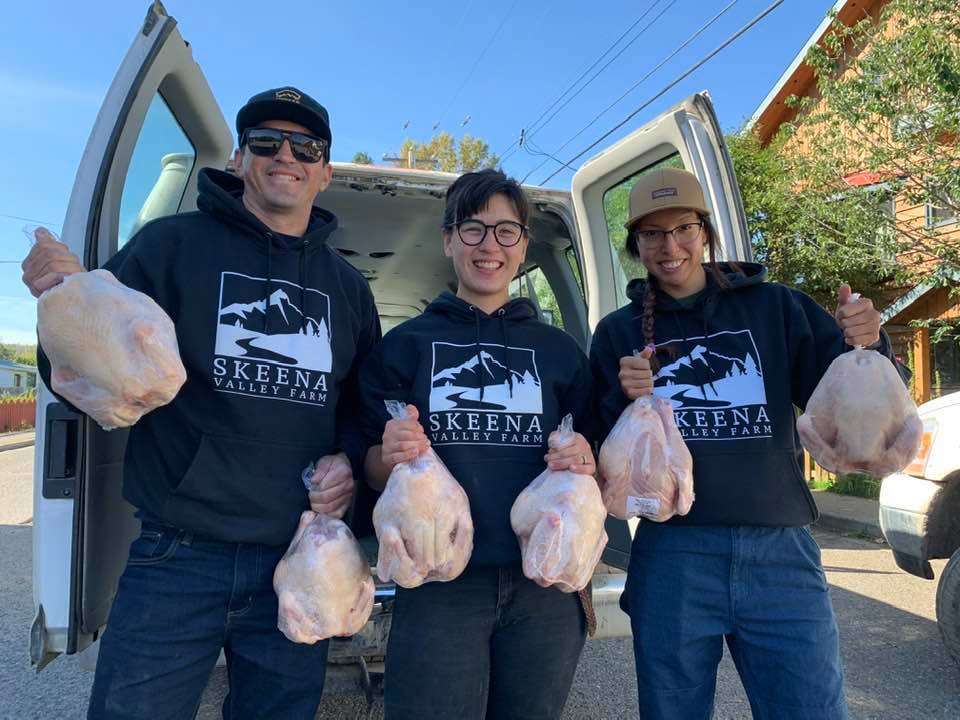Protein for the People: Regenerative Poultry Project Grows Food Sovereignty
January 25, 2021
The Power of Feeding Ourselves
Concerns over food security in the Gitxsan Nation started well before the pandemic. During the Festival of What Works (full video below), Shannon McPhail of the Skeena Watershed Conservation Coalition shared concerns she heard from the Gitwangak hereditary chiefs of dwindling salmon runs and declining moose populations: “We need another option, whether it’s to give these stocks a break, or whether it’s a dark future where we can’t rely on them anymore.”
Finding an alternative protein source for the region took shape in the form of a collaboration between SWCC and Gitxsan farmer Nathan Combs, designing and building an experimental, regenerative poultry project, as a way to strengthen the local food system in a way that wasn’t colonial, wasn’t extractive and could deliver dependable, affordable and really healthy food for the people. “We need to put the power of feeding ourselves in our own hands, we need the wisdom that has been here for thousands of years to inform that,” shares Kesia Nagata of Skeena Energy Solutions.
Amidst a global pandemic and dealing with 180% the average precipitation for the year, the 2020 poultry pilot persevered. The home of the poultry project is on Combs’ Skeena Valley Farm where the upcoming 2021 flock of chirpy neighbours will grow alongside Gitxsan grown hemp. Kesia, the project coordinator, reflects on the journey:
Poultry-centered regenerative agriculture
Our dream is grounded in food sovereignty for this Nation and its guests: a bountiful harvest from the land and waters that can contribute to a thriving local economy and sustain generations to come. To us, this means combining Indigenous knowledge with community economic development, local wisdom and regenerative agriculture principles to build systems – rather than one-off projects – that can be scaled and replicated to support our communities and revive our rural economy.
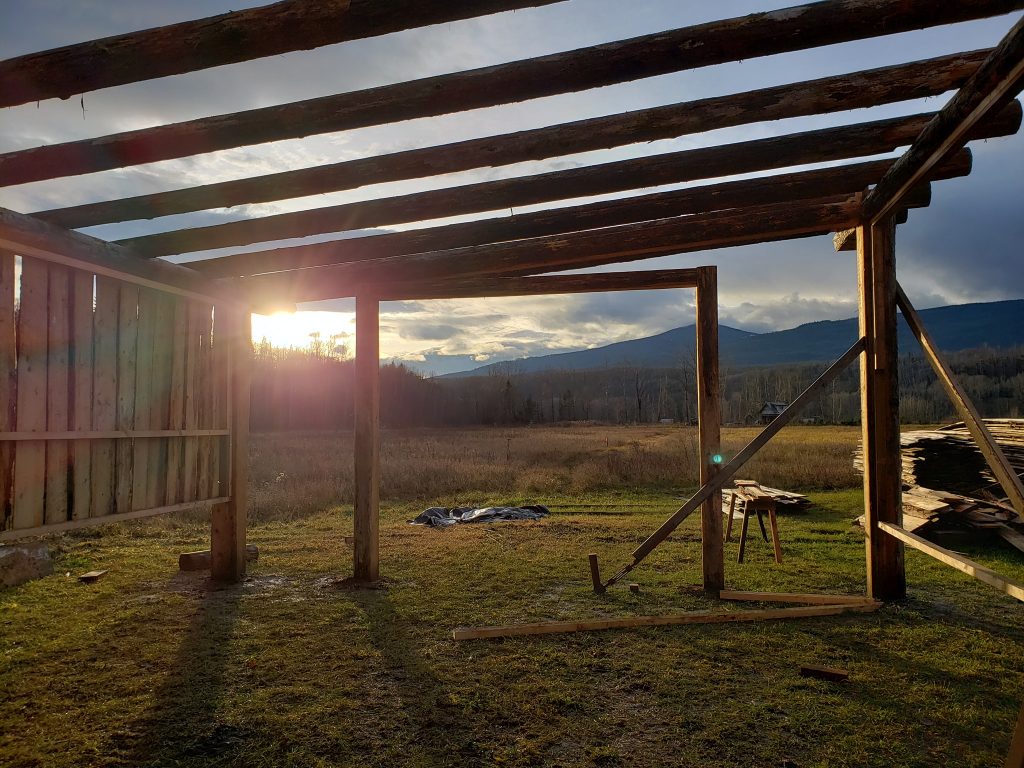
In 2020, our central project was building the first Poultry-Centered Regenerative Agriculture system in Canada. Using heritage hybrid chickens as ecosystem and local economy drivers, we are piloting a 1,500-bird regenerative poultry unit that has been developed and tested in the US and Central America for over a decade.
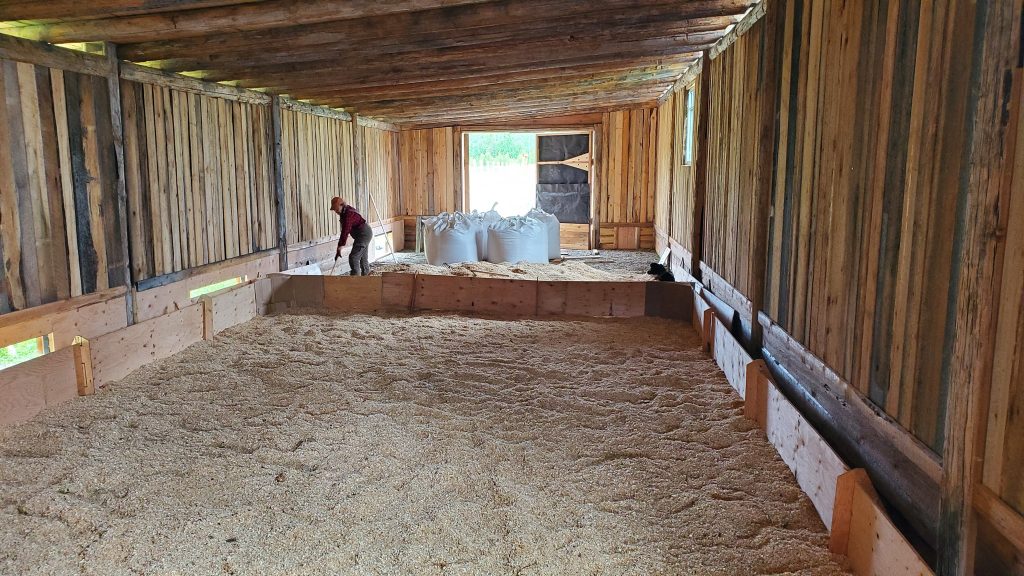
Our chickens run free from dawn to dusk in wooded paddocks full of bugs, grubs, and sprouted grains, under a canopy of native bush and cultivated nut and berry shrubs, which benefit from the chicken nutrients and in return provide shade and cover from overhead predators. The chickens run, fly, scratch, forage, explore, and roost like the jungle birds they originally came from.
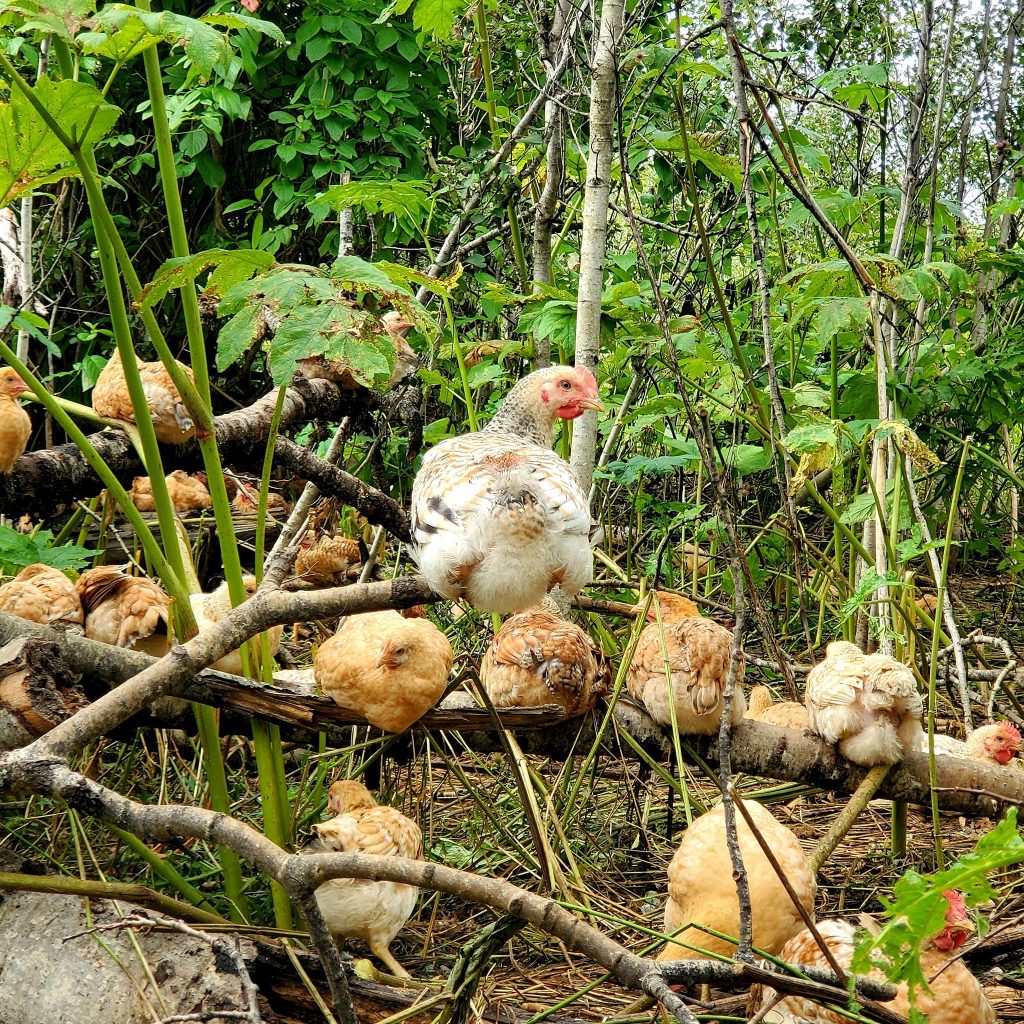
At full production, we aim to grow up to 4,500 birds in three flocks throughout our growing season, providing our closest communities with fresh, nutritious, ethical, food grown with care on the land we all love and depend on. This core system will hold the potential to provide a living for the farmer and labourers, while pollinating new businesses and market opportunities.
As regional markets, processing and storage expand, we will train new farmers and incubate their businesses within a cooperative structure. We have been approached by individuals, First Nations governments (both Hereditary and Band Council systems), businesses and non-profits in the province who are interested in developing systems in concert with ours.
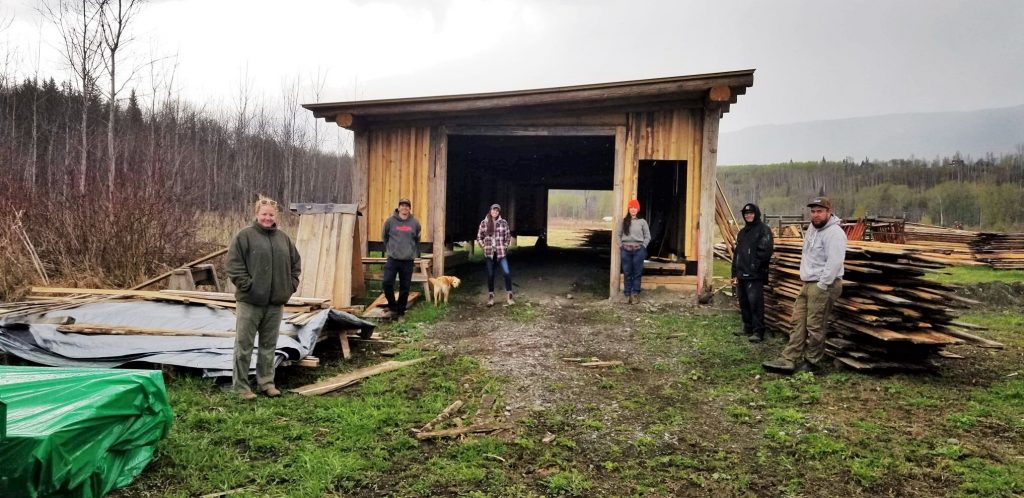
We believe in the power of real food to shape cultures, economies and histories. We dream of simple things – enough good food on everyone’s table, a living rooted in fair pay and quality of life, a community empowered and caring for its own, a system that respects and nourishes the natural beings and systems that want to thrive. A model for other communities and a slow but steady replacement of our fragile, costly food systems with robust, resilient, and very local solutions. Piece by piece, 1,500 chickens at a time.
https://www.youtube.com/watch?v=4oRthBKNSyE


 Filter by Popular Categories
Filter by Popular Categories